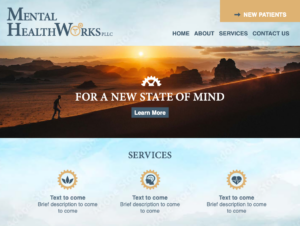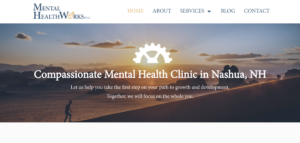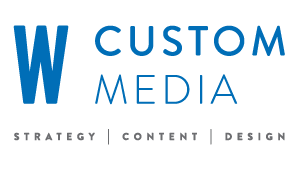
Cracker Barrel’s recent branding controversy is a real-time reminder that brand changes carry real business impact. After introducing a simplified logo and new menu offering, the company faced public backlash, reverted to its original mark, and warned of traffic pressure tied to the reaction.
At WCM, we help leaders decide whether they need a rebrand, redesign, or refresh and execute the right path with fewer risks and clearer outcomes.
Quick definitions
- Rebrand: A strategic shift in positioning and identity that may alter name, narrative, and visual system to serve a new market reality.
- Redesign: A visual-system update (logo/wordmark, palette, typography, grids, UI) that modernizes how the brand shows up without changing what it stands for.
- Refresh: Experience and content improvements that clarify messaging, streamline journeys, and upgrade key touchpoints (often alongside a rebrand or redesign.
Rebranding
A rebrand fundamentally revisits market promise and how a company is perceived. Done well, it’s grounded in quantifiable insights about current customers and target segments, turning research into a lever that reconnects with loyal audiences while extending relevance to new ones.
A commonly cited turnaround is Abercrombie & Fitch, which evolved its assortment and brand narrative over several years and posted strong growth by 2023–2024, resonating with Millennials and Gen Z without leaning on its earlier, exclusionary positioning.
By contrast, rebranding without an unbiased understanding of core brand equity invites backlash. Cracker Barrel’s attempted modernize-and-simplify move collided with customer nostalgia, prompting a return to the legacy logo and a warning about traffic headwinds tied to the controversy. The lesson: validate what parts of the story your audience is emotionally invested in before you change them.
Redesign
For many organizations, a redesign (sometimes called a visual refresh) is the right move. It updates the logo/wordmark, palette, typography, layout systems, and UI to improve clarity, consistency, and digital performance while preserving strategy and voice.
Example: Walmart
In January 2025, Walmart introduced a brand refresh: a newly drawn wordmark, a brighter True Blue paired with Spark Yellow, and more prominent use of the Spark. The rollout began online and in the app, with stores to follow. The goal: modernize recognition and legibility across digital touchpoints while staying rooted in long-held brand equities not to change who Walmart is.
A well-executed redesign signals progress, meets customers where they are (increasingly online), and can reignite interest and engagement without alienating loyal audiences.
Refresh
A refresh focuses on how audiences experience the brand. That can mean revising messaging, restructuring site navigation, improving load times, refining call to actions (CTAs) and forms, or introducing new communication vehicles (newsletters, magazines, print collateral).
Example: Mental HealthWorks PLLC (WCM)
The original site obscured services and made navigation unintuitive.

WCM restructured the information architecture, clarified page hierarchies, added concise service pages and provider bios, and implemented clearer CTAs, resulting in a simpler path to understanding and action.

A refresh is a pragmatic, lower-risk way to boost relevance and performance. It preserves core equity while modernizing execution and demonstrates responsiveness to evolving customer expectations.
How to choose
- If your market position or promise needs to change → Rebrand.
- If your visual system is dated or inconsistent but your strategy is sound → Redesign.
- If your journeys, content, and UX underperform → Refresh.
WCM helps you identify the right path, reduce risk, and deliver outcomes- clarity, consistency, and conversion. Connect with us today to talk about what your brand needs now.
